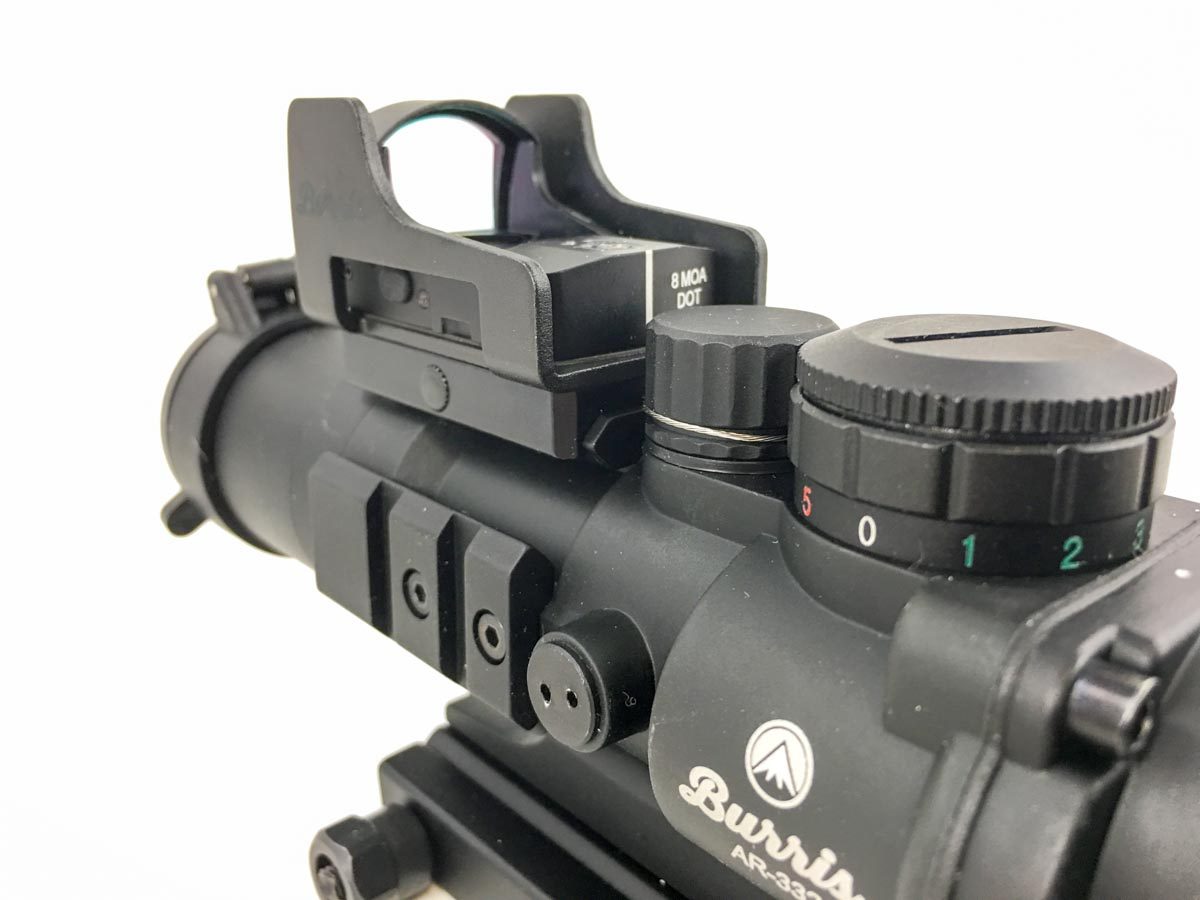
With new optics mounts and super small red dot sights, you can always choose magnification and red dot sights. This AR-332
is a fixed 3x optic that accepts a Burris FastFire 3
mount on the top. Just tilt you head up and down to quickly switch between sighting options.
Today, shooters are blessed with a sometimes overwhelming number of gear possibilities to fir a broad range of field, plinking, defensive and competition scenarios. Even when you narrow the accessory universe down to sighting options, you’re still faced with iron sights, traditional red dot (reflex), and magnified scopes. Choosing the right type, or combination of types in some cases, can be a bit of a mystery. We’re going to take a look at some of the major types of optics here and detail scenarios where each makes sense.
This is the first installment in a 12-part series on optics and all things related. It’ll be kind of like going back to school, although way more fun. We’ll get into all sorts of geeky optical sighting topics like focal planes, reticles, exit pupil, minutes of angle, and even milliradians, but I promise up front, there will be no hard math. Unlike your algebra teacher, I can guarantee that all of the topics we’ll get into will be immediately useful in real life, or at least on the shooting range.
To kick things off, let’s we’re going to hit the basic definitions and pros and cons of iron sights, red dot sights, and scopes along with some discussion on when and why you might choose each.
Iron sights
Using iron sights is traditional, badass, and, therefore, cool, right? They never run out of batteries and if they’re made of something durable like steel, you can bash them about and they’ll never let you down. But have you ever thought about the science of what makes iron sights work, and, (gasp!) why they might be less than ideal?

A protected iron post front sight like this one on my Ruger 10/22
is plenty durable and reasonably fast.
The key to iron sights is the “s” as in the plural part. An iron sight won’t do you much good. Imagine a bead on the front of your rifle, with nothing but oxygen and your eyeball in the back. You can place the bead on target, but if your head moves so much as a millimeter up, down, or to one side or another, you’re no longer in alignment with the target. It works OK for shotguns, but not so much for precision rifle shooting. To get the barrel pointed exactly at your target, the gun needs two points of reference. Those two things, front sight and rear sight, need to align with each other. Then, both of those need to align with the desired target.
While reliable, iron sights are awfully demanding. They assume that you, the shooter, will be able to switch your eyeball focus rapidly between the front sight, the rear sight, and the target. Your eye can only focus on one thing at a time, because… biology. However, your brain fakes you out and makes you think that all three objects (front sight, rear sight, and target) are all in focus because it’s quickly switching back and forth between these three points. That gets tiring, even if you don’t realize that the eye / brain ADD festival is going on. Sure, with practice and training, you can force your brain to focus only on the front sight, while allowing it to let the rear sight and target be slightly out of focus. But that’s unnatural to our pre-existing eye-brain wiring.

Using an aperture for the rear sight
makes things easier on your brain. It naturally centers the front sight post in the middle of the aperture ring.
I should mention a different type of iron sight setup that is easier on the eyes and brain – aperture sights. In this setup, the rear sight is a ring. Look through that to see the front sight and target. The beauty is that your brain naturally wants to center the front sight in the aperture, so you really have to worry about only the front sight and the target.
If you’re contemplating an iron sight setup, one important thing to consider is sight radius. This is simply the measurement between the front and rear sight. The longer it is, the easier it is to shoot accurately. Consider this. With a two-inch sight radius, a one-millimeter movement of the front sight off target will result in a miss by almost 18 inches. The same 1mm shift on a pistol with a six-inch sight radius will only result in a 5.9-inch miss. Now think about a rifle, with a 16 or 20-inch sight radius. It’s far easier to be accurate when the sights are farther apart.


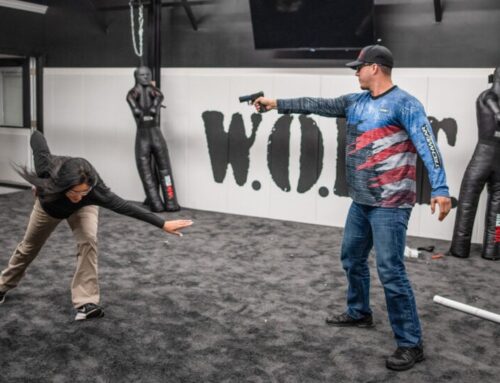
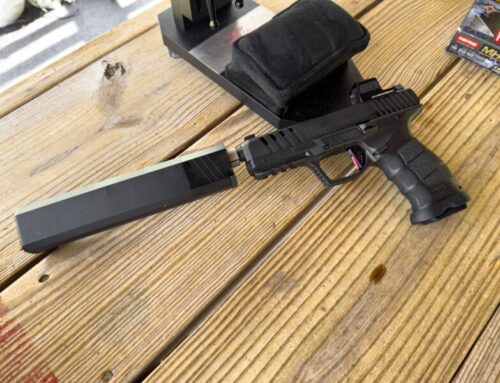
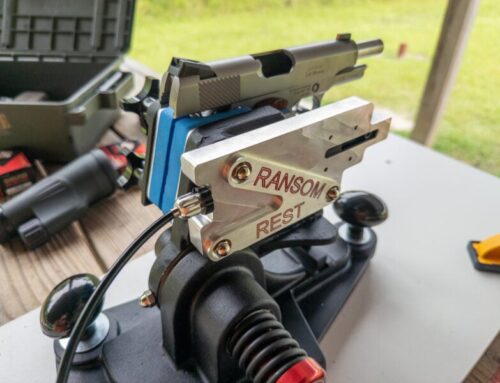
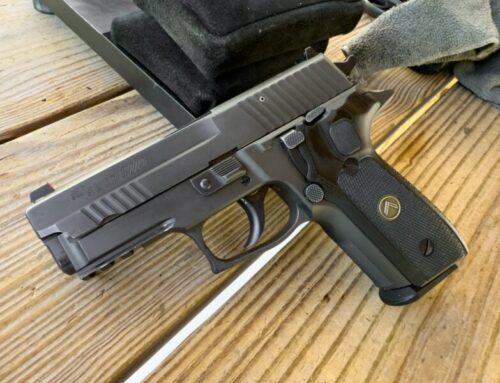
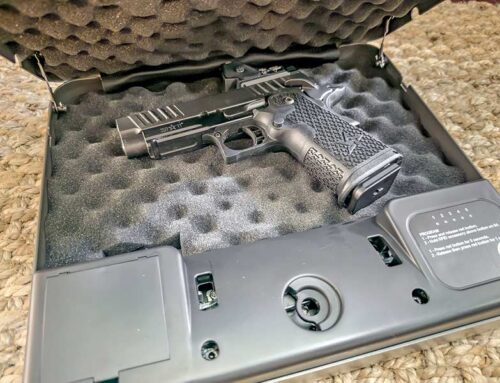
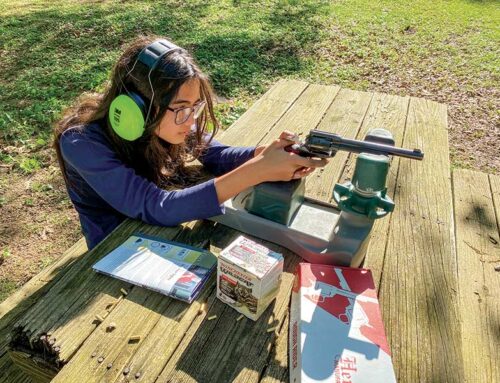
Leave A Comment